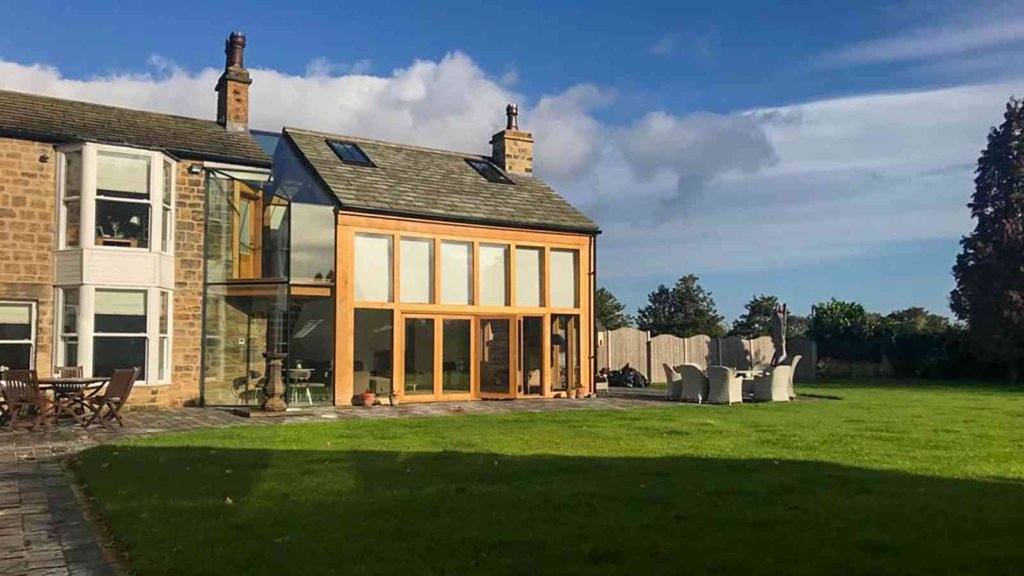
oakbydesign
01423 593 794



Imagine a property where gutters overflow, paint peels, and HVAC (heating, ventilation, and air conditioning equipment) wheeze in protest.
This is the reality of neglecting preventative maintenance. Regular check-ups and timely repairs aren’t just about keeping things looking nice; they’re about safeguarding the investment and ensuring a safe, functional space for occupants.
By focussing on tasks like gutter cleaning, HVAC servicing, and pest control, property owners can prevent minor issues from becoming major financial burdens.
But how does one prioritise these tasks, and what signs indicate they’re overdue?
Understanding the diverse property types in the UK is essential for developing effective preventative maintenance strategies.
Residential properties, such as houses and flats, require regular inspections, gutter maintenance, heating system checks, roof inspections, and pest control. Each of these tasks guarantees habitability and comfort for residents.
On the other hand, commercial properties, including office buildings and retail spaces, demand structural inspections, HVAC maintenance, parking lot upkeep, security checks, and common area maintenance. These activities focus on safety, operational efficiency, and client experience.
A thorough approach to essential maintenance practices guarantees that properties remain in ideal condition, avoiding costly repairs.
Regular inspections are vital, identifying issues like leaks, structural damage, or faulty systems early. Gutter cleaning prevents water damage, while heating system checks verify efficiency and safety.
For roofs, timely inspections and repairs avert significant problems. Pest control measures protect against infestations that could compromise structural integrity.
Landscaping maintains curb appeal and prevents root damage to foundations. Window sealing and plumbing checks enhance energy efficiency and prevent leaks.
Annual professional servicing of major appliances extends their lifespan and functionality.
Seasonal maintenance tips guarantee properties stay in top shape all year round by addressing the unique challenges each season presents.
In spring, thorough interior cleaning and inspection for winter damage are essential. Outdoor debris should be cleared to secure proper drainage.
Summer requires HVAC maintenance, garden care, and vigilant pest control to fend off infestations.
Autumn is the time for cleaning gutters, inspecting roofs and chimneys, and sealing windows and doors to brace for cold weather.
Winter emphasises servicing heating systems, checking insulation, and preparing for snow removal to prevent damage and maintain warmth.
These proactive measures guarantee that properties remain functional, safe, and aesthetically pleasing throughout the year, minimising the risk of costly repairs.
Even though the upfront costs of preventative maintenance might seem intimidating, they greatly outweigh the potential expenses of major repairs.
Routine upkeep helps avoid costly issues like water damage, mould, or structural failures. By investing in regular inspections and minor fixes, property owners can extend the lifespan of essential systems and components.
Addressing small problems early, such as leaks or peeling paint, prevents them from escalating into more serious and expensive repairs.
Efficient maintenance practices, like HVAC servicing (heating, ventilation, and air conditioning equipment) and roof inspections, guarantee properties remain safe and functional.
Ultimately, the proactive approach of preventative maintenance not only saves money but also enhances the property’s value and longevity, making it a financially sound investment.
Identifying maintenance indicators is key to preventing costly repairs and ensuring a property’s longevity. Regular inspections can reveal early signs of wear and tear, such as leaks, unusual smells, or noisy equipment.
Visible damage, including cracks, peeling paint, or damp spots, should be addressed immediately to prevent escalation. Pest sightings or droppings signal the need for prompt pest control measures. Faulty appliances and uneven flooring present hazards that require swift action.
Consistent monitoring of these indicators allows property managers to take proactive steps, ensuring small issues don’t evolve into expensive problems. By staying vigilant and addressing these signs early, property owners can maintain structural integrity and optimise the property’s lifespan efficiently.
Telephone: 01423 593 794
Locksley Park
Blind Lane
Tockwith
YORK YO26 7QJ
Opening Times:
Mon to Fri - 9.00am to 5.00pm
Bank Holidays - Closed
Christmas 2025- TBC
Oak By Design is the trading name of:
Oak By Design Ltd.
Reg Number: 04384416
VAT Number: 664 8012 33